0 Comments
Marietta's Root House Museum to be dressed in Victorian-style mourning during the month of October9/25/2019 MARIETTA, GA, September 25, 2019 - During the 1850s, Hannah and William Root shared their home with their children and extended family. Hannah Root's father, Leonard Simpson, lived with the family and died on October 11, 1856. During the month of October, visitors to the William Root House Museum will see the home decorated for Leonard Simpson's funeral. Curtains will be drawn, and rooms will be adorned with black crepe and ribbons. Visitors will be able to view 19th century embalming equipment, mourning jewelry (made from human hair), and other curious artifacts related to death and mourning in the Victorian era.
WHAT: Death and Mourning in the 1850s WHEN: October 2-31, 2019 WHERE: William Root House Museum & Garden; 80 N Marietta Parkway NW, Marietta, GA 30060 TICKETS: Included in the cost of regular museum admission. The museum will also be open for night tours on Saturdays throughout October. Details: roothousemuseum.com/mourning
Earlier this year, Marietta City Schools announced plans to relocate its Central Office to the site of the old Lemon Street High School near the Marietta Square. The new structure would be designed to replicate the c. 1930 Lemon Street High School building that had been demolished in 1967. Plans for the new building included a museum dedicated to telling the story of Marietta City Schools from 1892 to the present day. The plan was very exciting, but one thing wasn't clear - the future of the c. 1950 Lemon Street Grammar School located directly across the street. The district needed more space, and the old Grammar School building was in need of substantial upgrades and repairs. A rumored demolition plan prompted Trevor Beemon, Executive Director of Cobb Landmarks, to reach out to Marietta City Schools.
"For me it was important for Cobb Landmarks to get in touch with Marietta City Schools early in the planning stages of their project," said Beemon. "I want Cobb Landmarks to be a resource for our partners. I have found that opening up a dialogue and helping walk through different options usually leads to a successful outcome for everyone." When Trevor met with Grant Rivera, Superintendent of Marietta City Schools, he was happy to hear that preserving the Lemon Street Grammar School was a priority of his. "We have always known, due to its unique history, that the building is worth saving," said Rivera. Cobb Landmarks expressed the importance of maintaining the historic exterior of the structure at the very least, but hoped for more. "The question was whether we could afford to save the building while being good stewards of taxpayer dollars," said Rivera. "We are pleased to say that, after careful study, we will be able to do both." Currently used as a warehouse for the District, the Lemon Street Grammar School will be returned to its original use: educating Marietta's students. Marietta City Schools plans to preserve the building's exterior and key architectural features while rehabilitating the interior, making it conducive to a modern learning environment. The building is slated to open in 2021 as the new home to the Marietta Performance Learning Center, a division of Marietta High School. A small exhibition inside the school will further tell the story of the once-segregated school system, while outdoor interpretive panels will focus on the history of the surrounding community. "When historic buildings are torn down, a part of the past disappears forever," said Beemon."Preserving buildings like the Lemon Street Grammar School means we care about the places where our community's character was shaped." The Marietta Board of Education voted unanimously to support the rehabilitation of the Lemon Street Grammar School during their June 11, 2019 meeting.
When Cobb Landmarks learned that BAMM Real Estate was going to demolish the house and redevelop the site, the historical society’s Executive Director, Trevor Beemon, requested the opportunity to document the structure so that a photographic and written record of the building, its history, and its architectural features could be made.
While surveying the structure, members of the Cobb Landmarks Preservation Committee noted that some elements of the house were in good condition and worth saving and that some of these materials might be used in the construction of the new interpretive center being developed at the William Root House campus in downtown Marietta. They requested access to these items for preservation and re-use in the Root House project. BAMM agreed and gave Cobb Landmarks permission to identify and remove elements of historic importance from the Fowler House. "We were thrilled to work with Cobb Landmarks to preserve parts of the Fowler house,” said Michael Sunshine, Managing Partner of BAMM. “Preserving the history of Marietta is extremely important to us and as we begin development of multiple properties in Marietta, we look forward to our continued partnership with Cobb Landmarks and other local businesses." Cobb Landmarks partnered with Marietta Reclamation to salvage the materials. Items saved from the house, including doors, windows, shutters, lighting fixtures, and hardware, will be incorporated into Cobb Landmarks’ new interpretive center and headquarters. Cobb Landmarks is pleased to be able to give pieces of the historic Fowler House a second life. Watch news coverage from CBS46 News. Cobb Landmarks held its Annual Membership Meeting on January 24th. The event took place at St. James’ Episcopal Church and drew a large crowd. Attendees enjoyed a buffet of delicious food provided by the Cobb Landmarks Board of Trustees and countless volunteers. During the meeting, Board Chair Abbie Parks and Executive Director Trevor Beemon reviewed milestones from 2018, highlighting the relocation of the c. 1830 Manning Cabin from Powder Springs to Cobb Landmarks’ Root House Museum campus in downtown Marietta last September. David Freedman led the awards portion of the program, which celebrated preservation projects throughout Cobb County. Among the award winners was the City of Marietta's Elizabeth Porter Park, the Elizabeth Porter History and Mural Committee accepting.
Construction for Elizabeth Porter Park began in August 2017 and was completed in 2018. Located at the intersection of Allgood Road and North Marietta Parkway, it features a walk/run track, spray pad, and pavilion. A great recreational amenity, the park was also designed to ensure the preservation of local history through the use of public art. Most prominently, a symbolically rich 130-foot mural depicts activities relevant to the site and surrounding neighborhood over time. Secondly, a statue of Elizabeth Porter, the park's namesake and former recreation center director, was incorporated into the park entrance. The statue design shows Mrs. Porter beside two children representing those she worked with during her 22 years as director. Before and after view of Carrie Dyer House in Acworth The Carrie Dyer Reading Club was established in Acworth in 1898. In 1910, the group purchased a c. 1850 house in downtown Acworth for use as a clubhouse. The house was used to host lectures, special events, and dances, and also served as a meeting place for local organizations such as the Girl Scouts of the USA. The Carrie Dyer Reading Club also operated a library in the home which merged with the Cobb County-Marietta Public Library System in 1963 after a new public library was built nearby. The home then returned to residential use. The following years were not kind to the home. After decades of neglect, the home was purchased by a developer, and plans were drawn up in 2017 to replace the home with a modern structure. Cobb Landmarks immediately contacted the City of Acworth. Cobb Landmarks felt that retaining the original front rooms and facade of the structure was extremely important. The depth of the lot would allow for a substantial modern addition while the front facade and main front rooms could be retained. Acworth Mayor Tommy Allegood heard our concerns and decided to take off his mayor hat and put on his builder hat, purchasing the home and remodeling and enlarging it for a modern buyer. The preservation decision was easy because of the wonderful impact the Carrie Dyer House has had on the generations of citizens that have lived in our city. Today the Carrie Dyer House is a wonderful example of how to preserve our history by blending old with new... ." MARIETTA, GA, October 11, 2018 - Marietta's c. 1845 Martin Slaughter House was recently at risk of being demolished. After a rewarding discussion with the developer, Traton Homes, plans were revised so that the house can remain as part of the new residential community. Furthermore, Traton now plans to rehabilitate the house as a private residence. Cobb Landmarks will provide recommendations for preserving historically significant aspects of the house.
Listed in the National Register of Historic Places, the Slaughter House is one of only a few remaining homes in Marietta dating back to the 1840s. "The importance of saving and preserving this home cannot be understated," said Cobb Landmarks Executive Director, Trevor Beemon. "Cobb Landmarks looks forward to working with Traton Homes on this project." ABOUT COBB LANDMARKS: For over forty years, Cobb Landmarks has served as a catalyst for community preservation action, working with policy makers, developers, and others, to preserve local history. When historic buildings are torn down or allowed to deteriorate, a part of the past disappears forever. When that happens, people lose opportunities to live and work in the kinds of interesting surroundings that older buildings can provide. By protecting and enhancing the buildings, communities, and landscapes that tell America's story, preservation allows individuals to have physical contact with the places where the region's identity was established and community's character was shaped. One such building is Marietta's c. 1845 Dr. Martin Slaughter House. ABOUT TRATON HOMES: Family-owned Traton Homes is headquartered in Marietta, Georgia. Founded in 1971 by brothers Bill and Milburn Poston, Traton Homes is one of metro Atlanta's oldest home building companies. Traton is also one of the most innovative, combining traditional building practices with a passion for the latest systems and styles. From full-featured townhomes to single-family estate homes, Traton builds outstanding quality and value into every home. The Manning Cabin was moved from Powder Springs to the Root House property on September 20, 2018. The chimney, roof, and porch were disassembled for the move. The cabin will be temporarily placed in the Root House parking lot until the new foundation is ready. Since the move, the cabin has been cleared of debris and a new roof has been installed. Soon, the foundation of the interpretive center will be poured and the cabin will be moved one last time and placed on new concrete piers.
The 875 sq. ft. cabin will be used as an exhibit space and as an event and lecture space. A large addition to the cabin will contain executive offices, a research library and conference room, public restrooms, and a small catering kitchen. Cobb Landmarks also plans to make the space available to rent for private events and meetings. The property occupied by the William Root House is leased to Cobb Landmarks from the City of Marietta. In 2016, the Marietta City Council approved a request by Cobb Landmarks to add .082 acres adjacent to the Root House to the lease. This additional land, along with modifications to the existing property, will enable the cabin and smokehouse to be relocated to the Root House property. The addition of these structures will allow Cobb Landmarks to begin hosting temporary and traveling exhibitions, lectures, and large-scale educational programs, which will expand our reach in the community. An early estimate for construction is $685,000. Cobb Landmarks does not plan to incur any debt related to this project. Funds raised exceeding the construction cost will be set aside for an endowment for the operation and perpetual care of the cabin and additional structures. Construction should be completed by the end of 2019. Cobb Landmarks & Historical Society is honored to be the recipient and guardian of two important and substantial collections of historical documents, correspondence, photographs, maps, and newspapers donated by the Marietta Daily Journal and the Bill Kinney family. These collections form a unique picture of the history of Marietta and Cobb County over the last century and will provide an invaluable tool to local history researchers in the future. Bill Kinney, Jr., who died in 2016 after a lifetime in Cobb County, was longtime editor of first the Cobb County Times and then the Marietta Daily Journal when those papers merged. His obituary refers to him as "a living, breathing encyclopedia for everything Cobb County." He retired in 2013 after 75 years covering the people and politics of Marietta and Cobb. His "Around Town" column was the premier source of local news for many years, and his name still appeared on the masthead as Associate Editor Emeritus until his death. The Kinney collection contains some personal items - including his typewriter - as well as personal papers and correspondence covering events ranging from the establishment of Kennesaw Battlefield Park, the Leo Frank case, the building of the Bell Bomber Plant, the founding of Kennesaw College, and much, much more.
The Marietta Daily Journal collection comprises a vast collection of reporter notebooks, film, photography, and audio recordings. Cobb Landmarks thanks the MDJ and the Kinney family for entrusting us with this rich collection of local history materials. Cobb Landmarks' long-term plan is to digitize each collection. This project will be funded through grants and/or private donations. Cobb Landmarks is currently seeking funding. The vision is to provide access to these and similar files through a searchable database through the Cobb Landmarks website and to establish a research library located in Marietta. Cobb Landmarks & Historical Society has received the personal works and research materials of the late Joe Kirby, local historian and longtime columnist and Editorial Page Editor at the Marietta Daily Journal. The family of the late Joe Kirby has donated his personal collection of photographs, books, research materials, notes, and awards to Cobb Landmarks & Historical Society. Longtime columnist and Editorial Page Editor at the Marietta Daily Journal, Joe wrote several local history books, including The Marietta Country Club: A Centennial History, 1915-2015, The Bell Bomber Plant, and The Lockheed Plant. He also co-authored Then and Now: Marietta and Then and Now: Marietta Revisited, and served as Contributing Editor to Civil War News for many years. Joe passed away on October 30, 2015.
Joe earned a degree in history and communications from James Madison University in 1977. Following graduation, he worked as a general assignment reporter for The Chieftain in Toccoa, Georgia. After moving to the Roswell Neighbor in 1986, Joe took a job at the Marietta Daily Journal in 1987 and was named Editorial Page Editor in 1992. Joe held this position until his death. During his time with the Marietta Daily Journal, Joe received numerous awards, including The Freedom of Information Award, as well as awards from the Georgia Press Association and the Associated Press (Georgia). Joe was also very involved in the community and served on the boards of the Cobb Library Foundation, Kennesaw Mountain Historical Association, the Marietta Kiwanis Club, and the Marietta Museum of History, and was a longtime member and supporter of Cobb Landmarks. Cobb Landmarks has recently embarked on a $600,000 capital expansion project entitled The Next Generation, which will enlarge Cobb Landmarks' William Root House Museum campus, adding executive offices, a lecture and event space, and a conference room and research library. Because of the significance of the collection and the donation, Cobb Landmarks is pleased to announce that it will be naming the new research library the Joe Kirby Research Library in his honor. Cobb Landmarks is pleased to be the permanent home of the Joe Kirby collection and looks forward to making these priceless materials available to researchers and historians in the future. ABOUT COBB LANDMARKS: Cobb Landmarks & Historical Society has succeeded in preserving and protecting some of Georgia's most historically relevant buildings through the generosity of dedicated supporters - people who care deeply about local history. Each year, Cobb Landmarks provides engaging programs and activities that reach thousands of preservationists, tourists, teachers, college students, and school-age children. Many of these programs are centered on the organization's two historic properties, the William Root House Museum & Garden and the Power Cabin. ABOUT THE NEXT GENERATION: Cobb Landmarks plans to move the historic 1830s Manning Cabin to the William Root House Museum property. Once relocated to the Root House site, the 875 sq. ft. cabin will be used as an exhibit space and as an event and lecture space. A large addition to the cabin will contain executive offices, a research library and conference room, public restrooms, and a small catering kitchen. Cobb Landmarks also plans to make the space available to rent for private events and meetings. LEARN MORE: cobblandmarks.com/nextgeneration |
Cobb LandmarksWe are committed to empowering our community with an understanding of the events, people, and places that formed our past, so that we may all strive for a brighter future. Won't you join us? Archives
March 2024
Categories
All
|
|
You must think preserving local history is important or you wouldn't be reading this!
Did you know we're a 501(c)(3) nonprofit organization? That means we rely 100% on financial support from businesses, foundations, and individuals - people just like you! If you support our mission to share the stories and preserve the places that form our community, please consider getting involved! |
NEWSLETTERSign up with your email address to receive discounts, event reminders, and preservation updates.
|
MOST Viewed Pages |
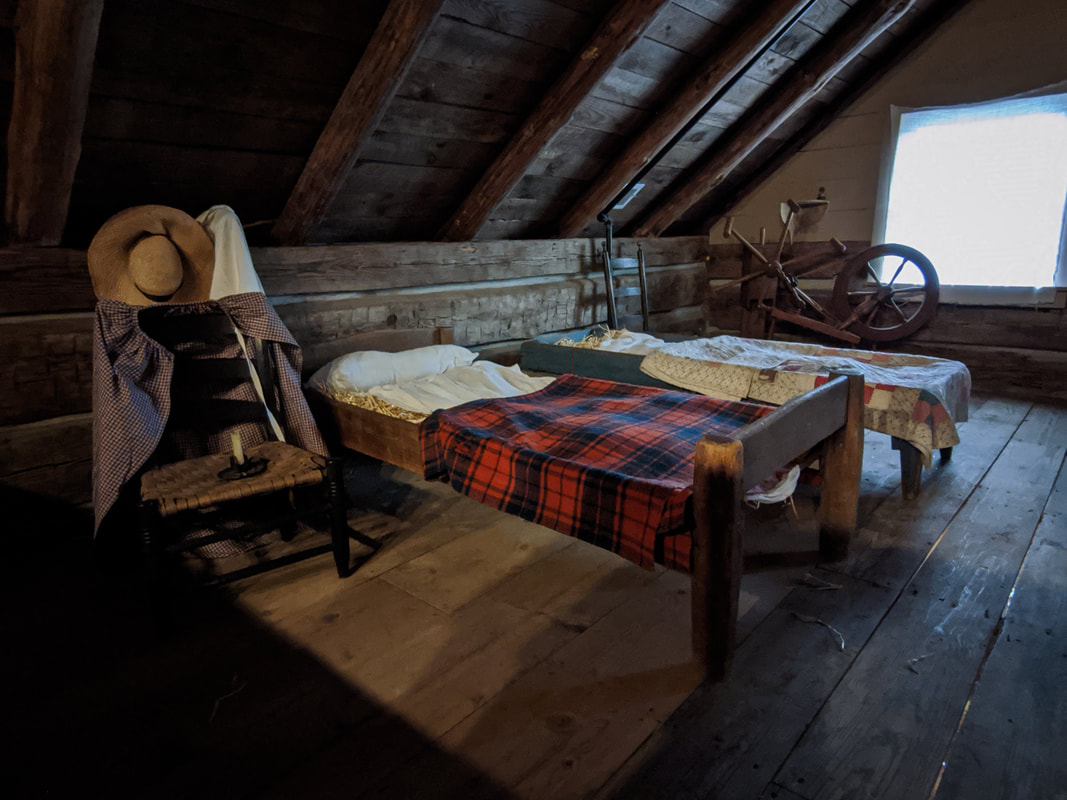

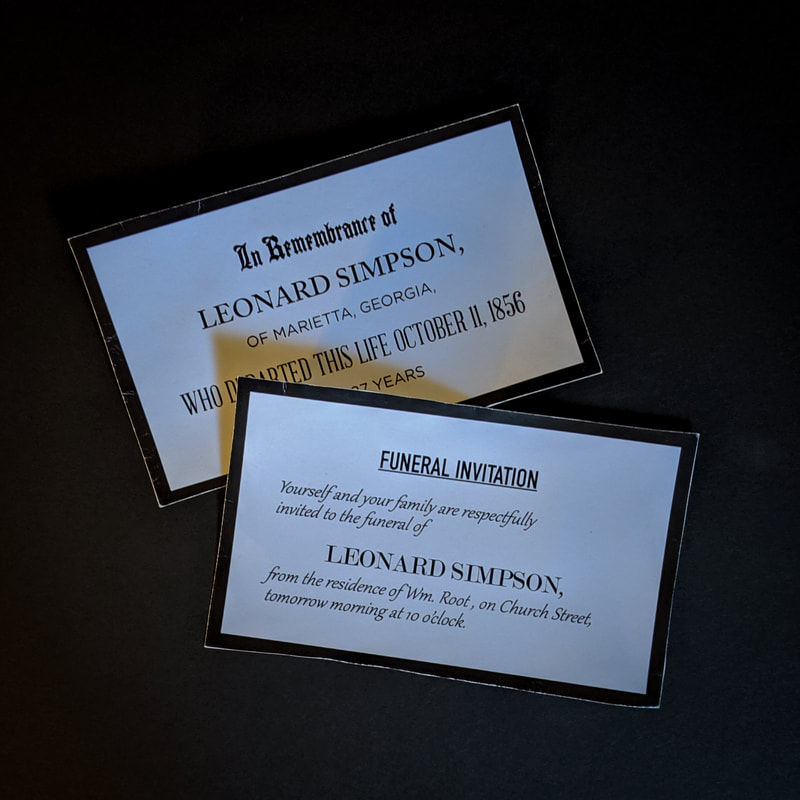
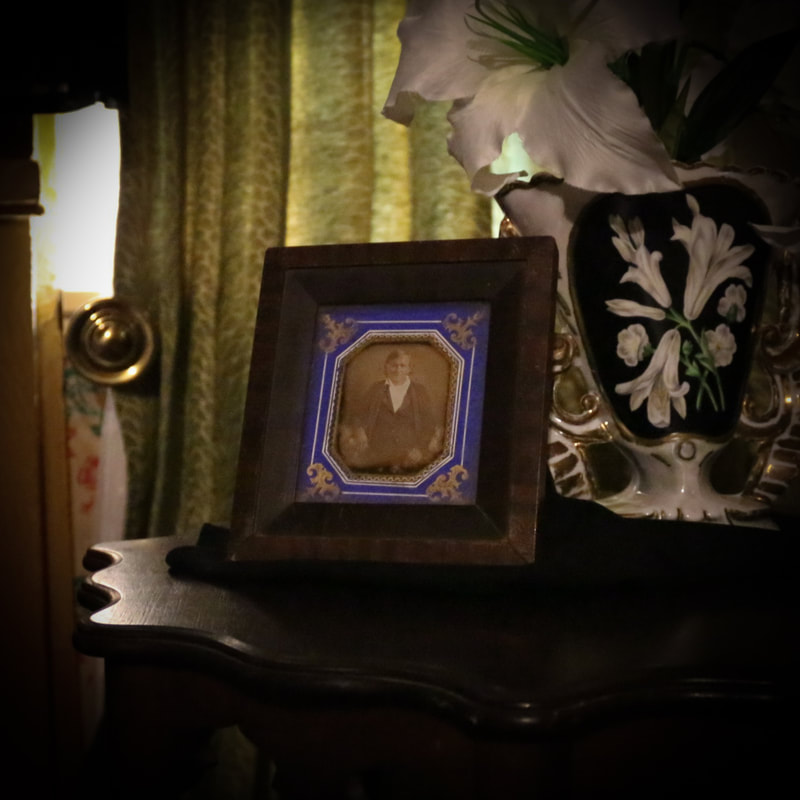
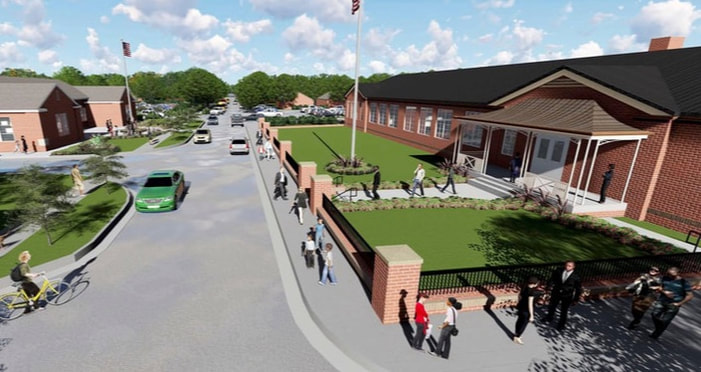

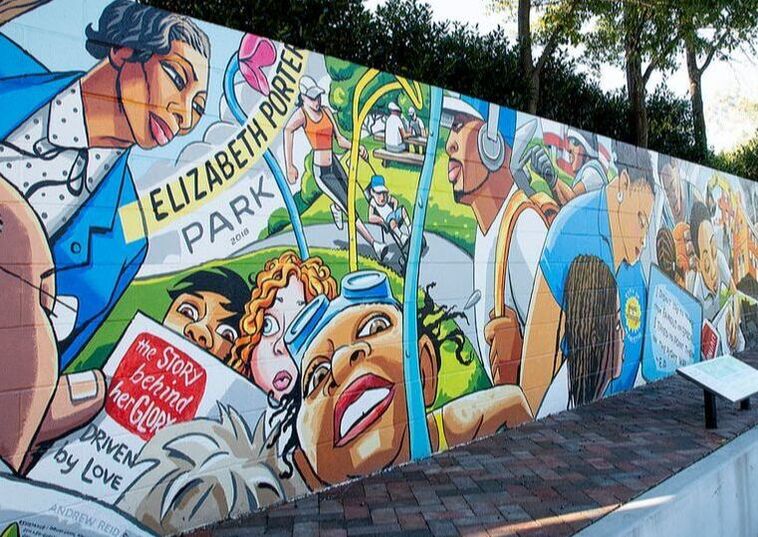
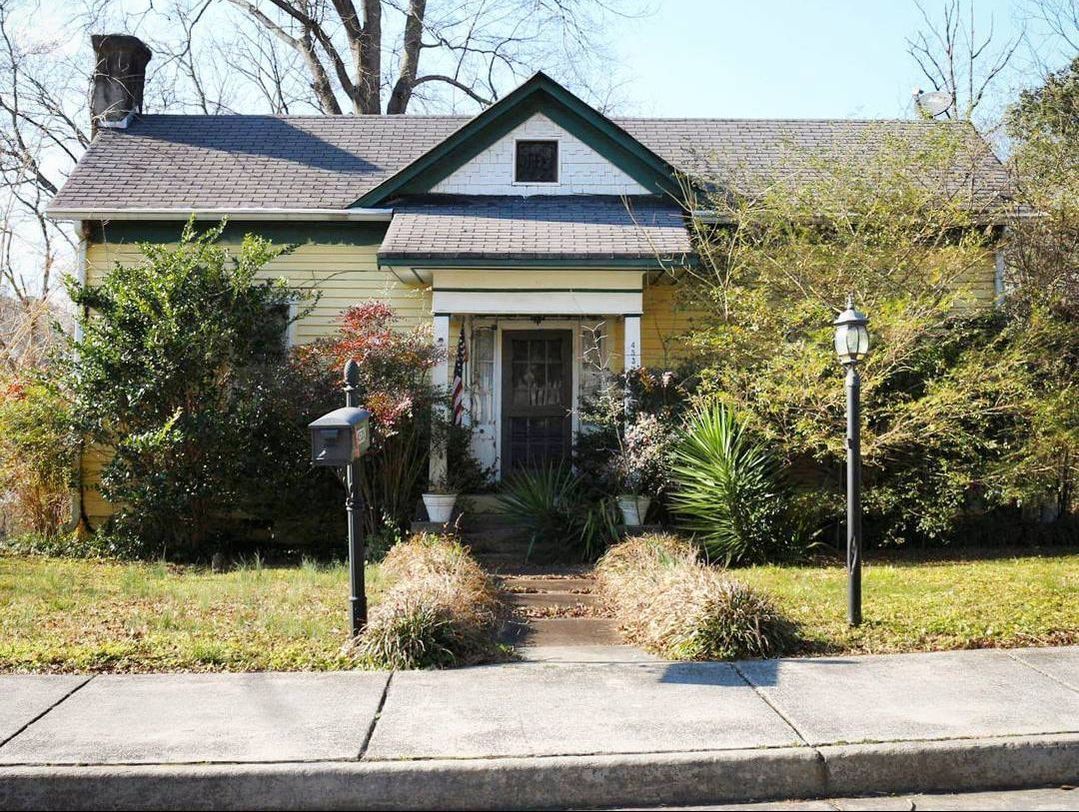

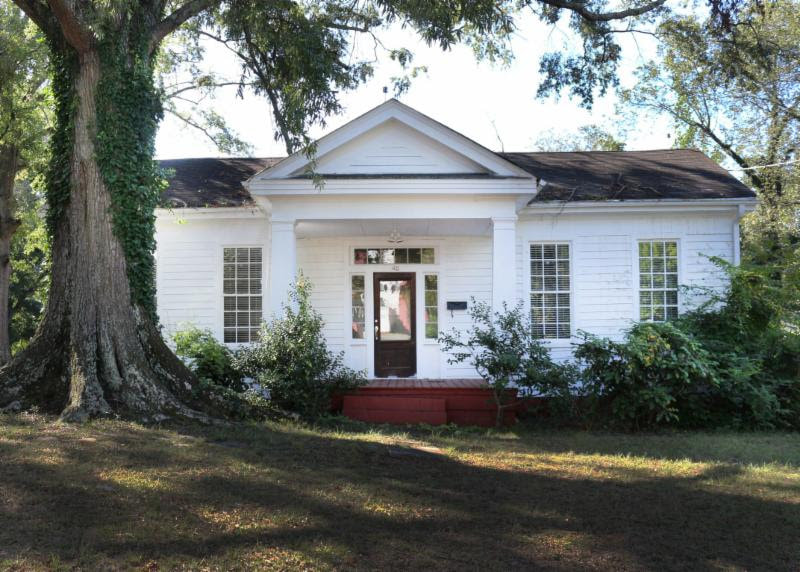
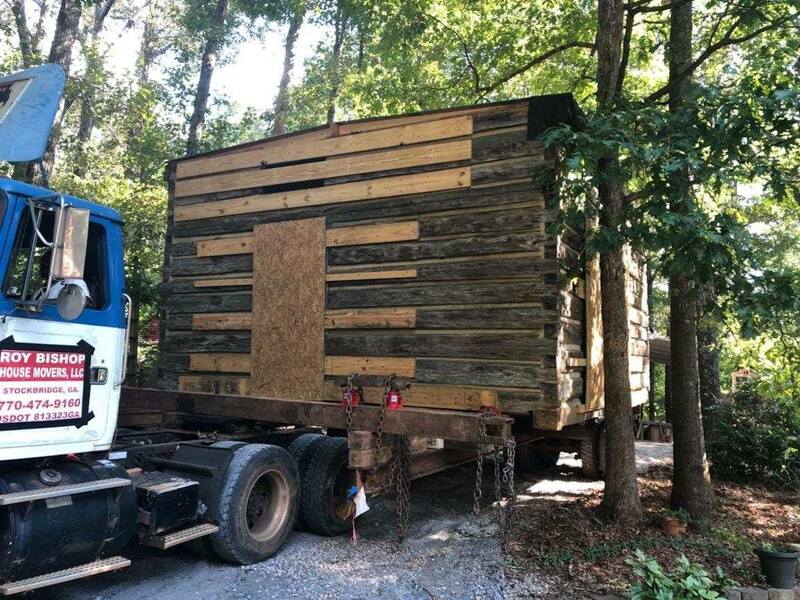
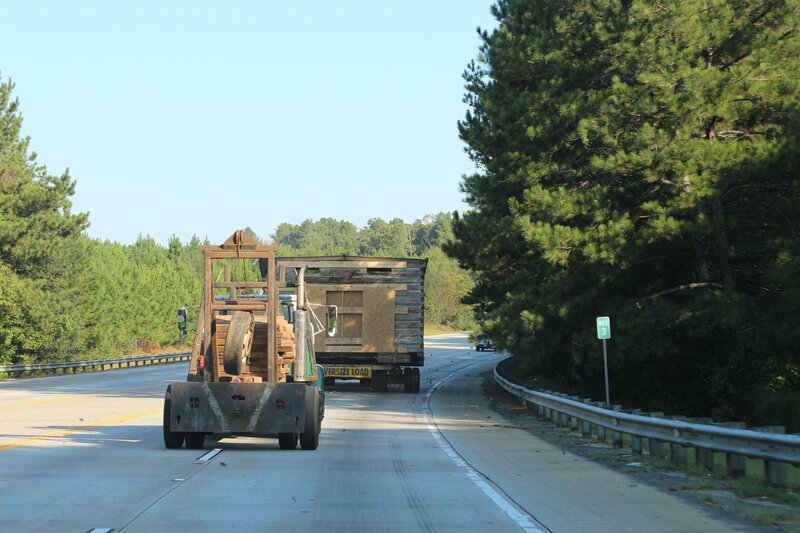
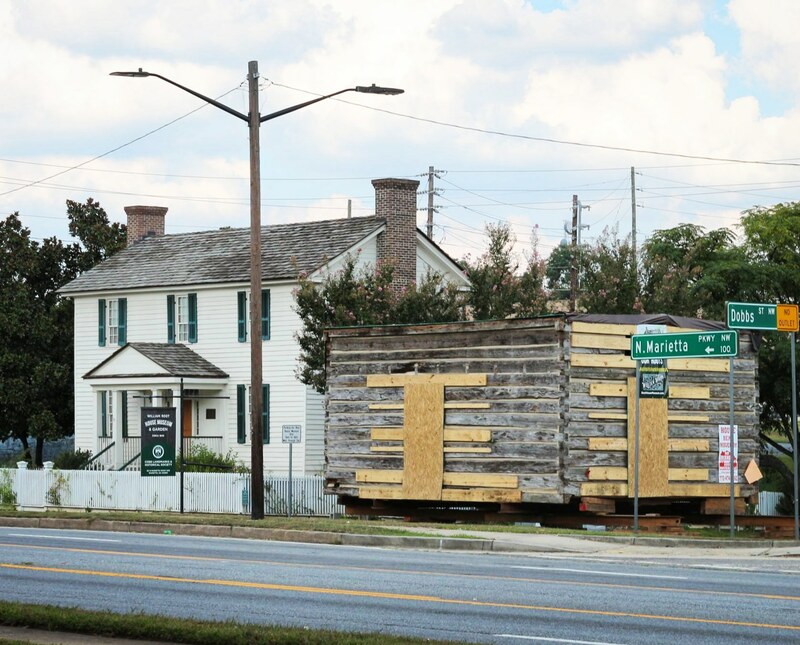
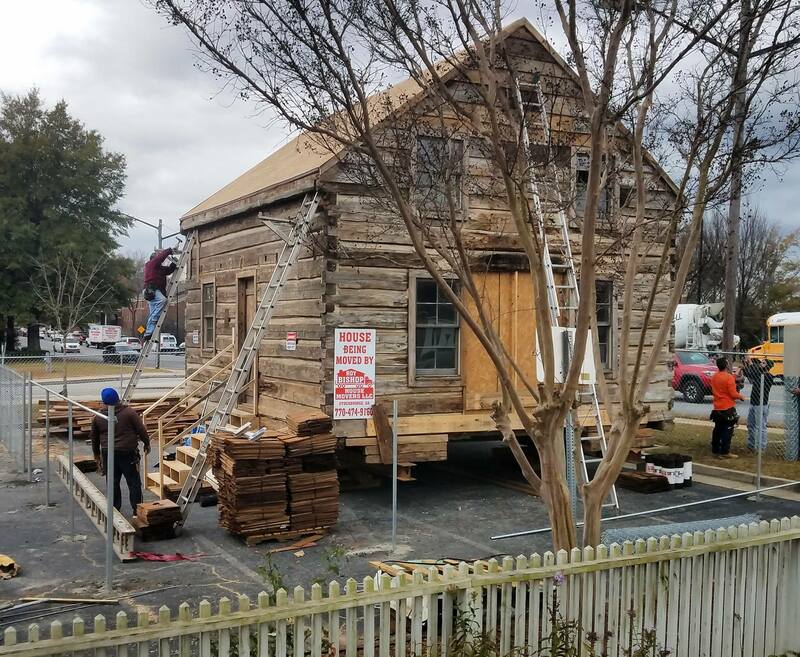
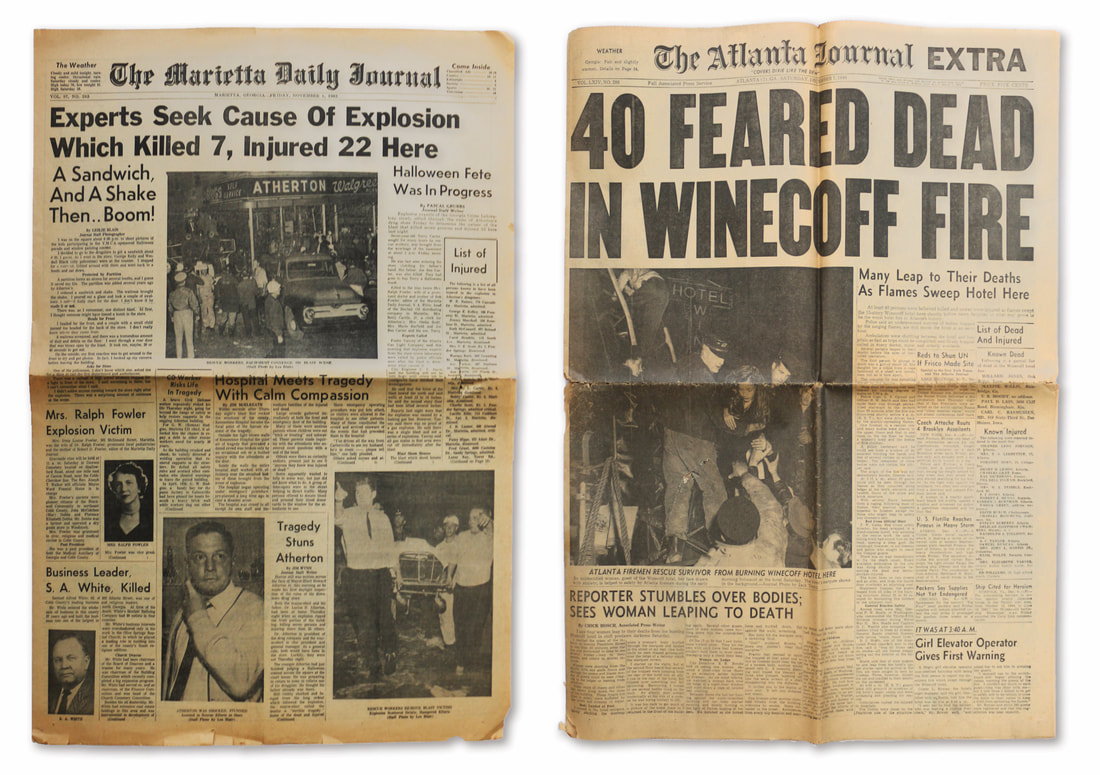
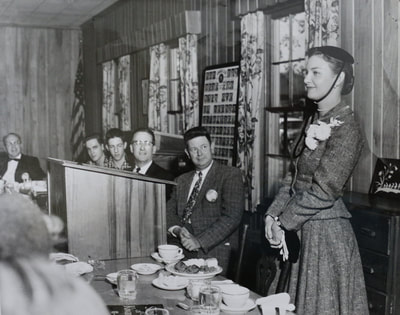


 RSS Feed
RSS Feed
